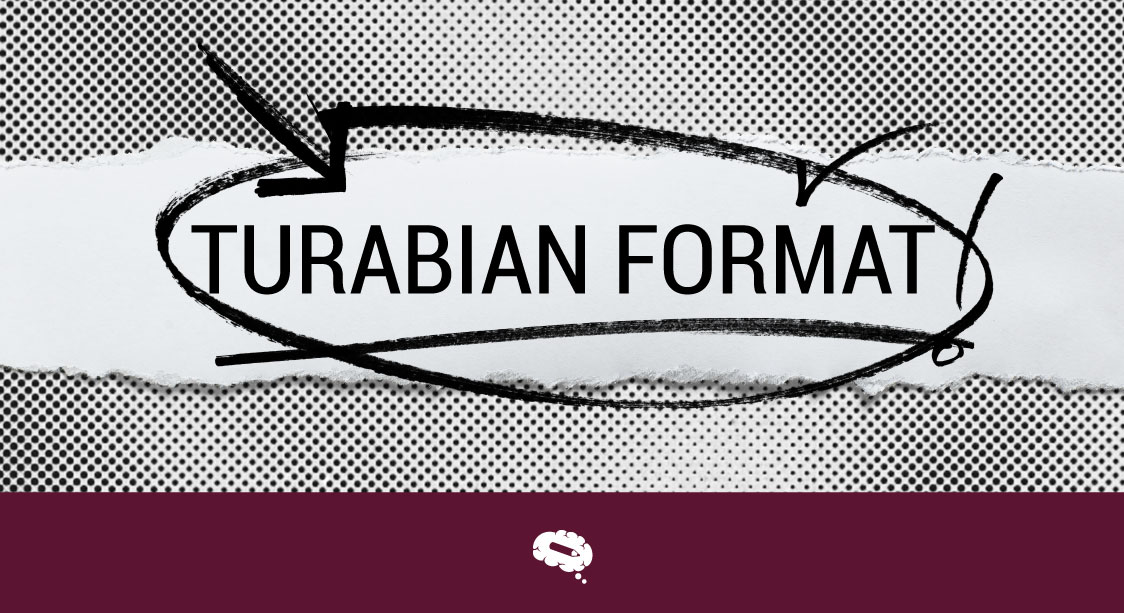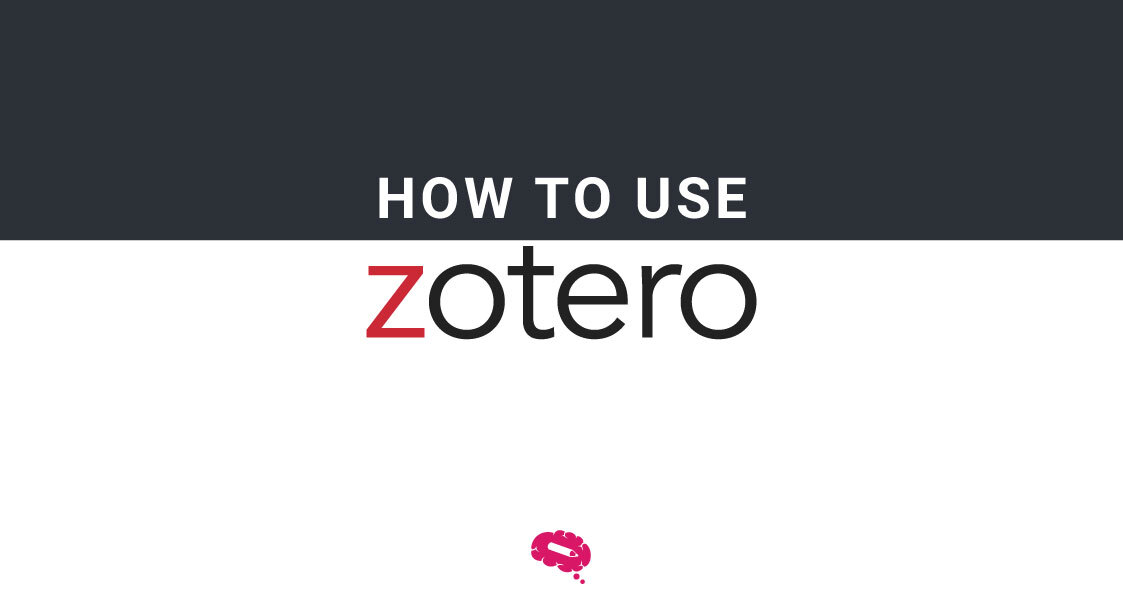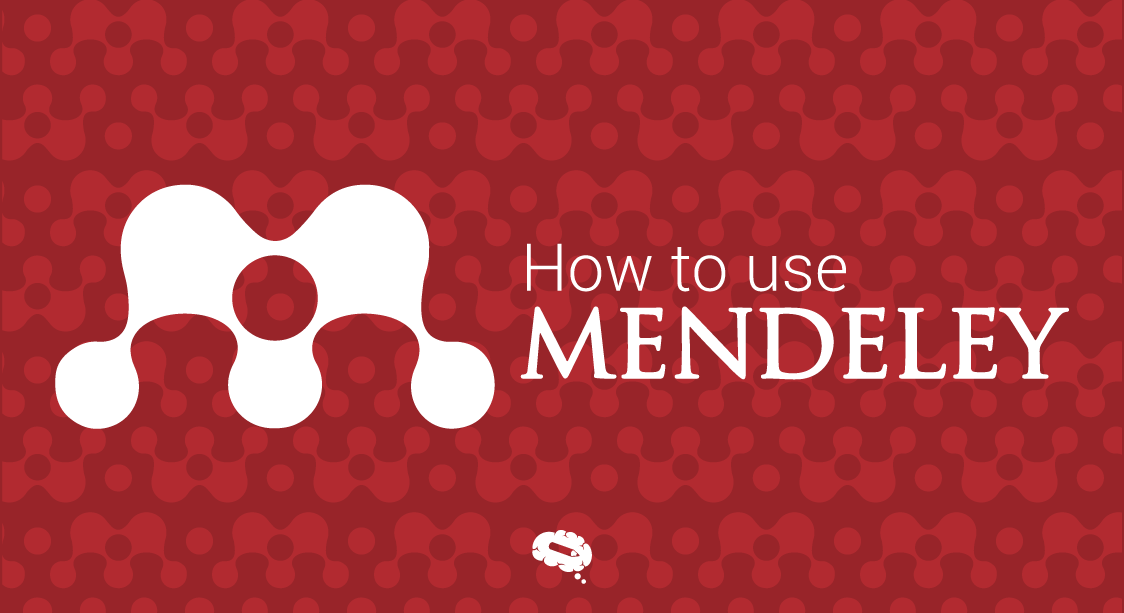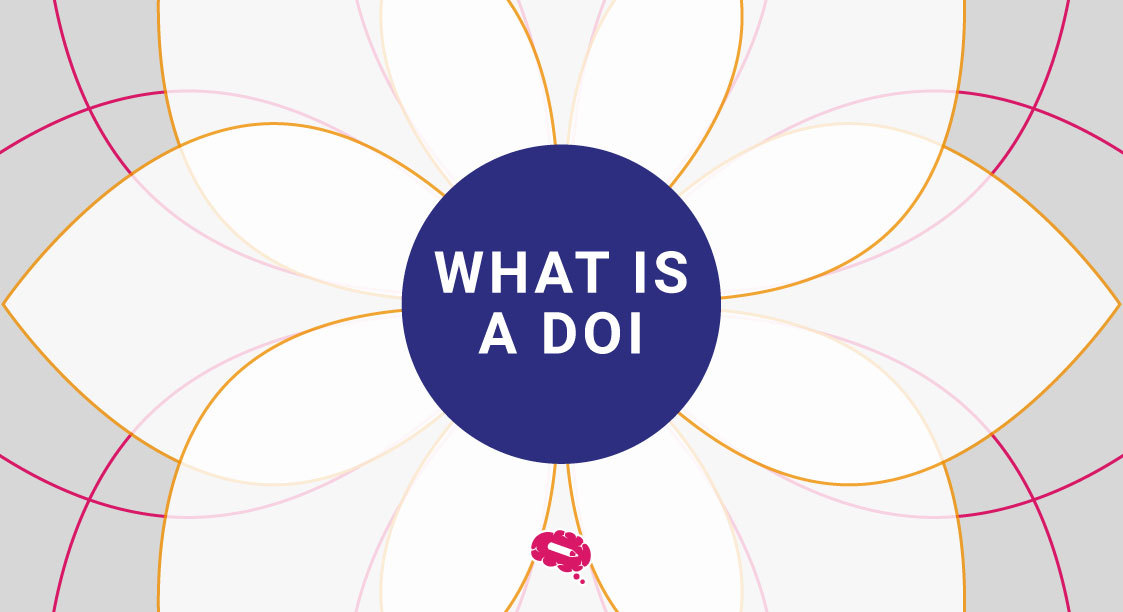In academic writing, following a specific format is essential for presenting research, organized, and professionally. One widely recognized formatting style is the Turabian format, a streamlined version of the Chicago Manual of Style tailored for students and researchers. Named after Kate L. Turabian, the dissertation secretary at the University of Chicago, this format provides comprehensive guidelines for citations, bibliographies, and overall paper structure, making it an indispensable tool for scholarly writing.
Proper formatting in academic writing is not merely a matter of adhering to arbitrary rules; it is a fundamental aspect of scholarly communication. It ensures that sources are accurately cited, arguments are presented coherently, and the integrity of the research is maintained. Following the Turabian format allows writers to produce polished and credible work, making it easier for their audience to read and understand. In this article, we explore the essentials of the Turabian format, including its components and its importance in academic writing.
What is the Turabian Format?
The Turabian format, developed by Kate L. Turabian as a streamlined version of the Chicago Manual of Style, provides comprehensive guidelines for citation and formatting tailored for students and researchers. Originating in 1937 with A Manual for Writers of Research Papers, Theses, and Dissertations, it has evolved to maintain clarity and practicality in academic writing. Unlike MLA, which focuses on in-text citations for humanities, and APA, which emphasizes author-date citations for social sciences, Turabian offers both Notes-Bibliography and Author-Date styles, making it versatile for a broad spectrum of disciplines. This flexibility and user-friendly approach make the Turabian style essential for producing professional and credible scholarly work.
Key Elements of the Turabian Format
General Paper Formatting
Margins: Set one-inch margins on all sides of the paper.
Font: Use Times New Roman, size 12 for the main text; Times New Roman, size 10 for footnotes.
Spacing: Double-space throughout the text, with each new paragraph indented.
Title Page Requirements
Content: Include the title of the paper, the author’s name, the course name and number, the instructor’s name, and the date.
Alignment: All information should be centered and double-spaced.
Citation Styles
Notes and Bibliography Style: Use footnotes or endnotes for citations and include a bibliography with full source details.
Author-Date Style: Use in-text citations with the author’s last name and publication year, and include a reference list at the end.
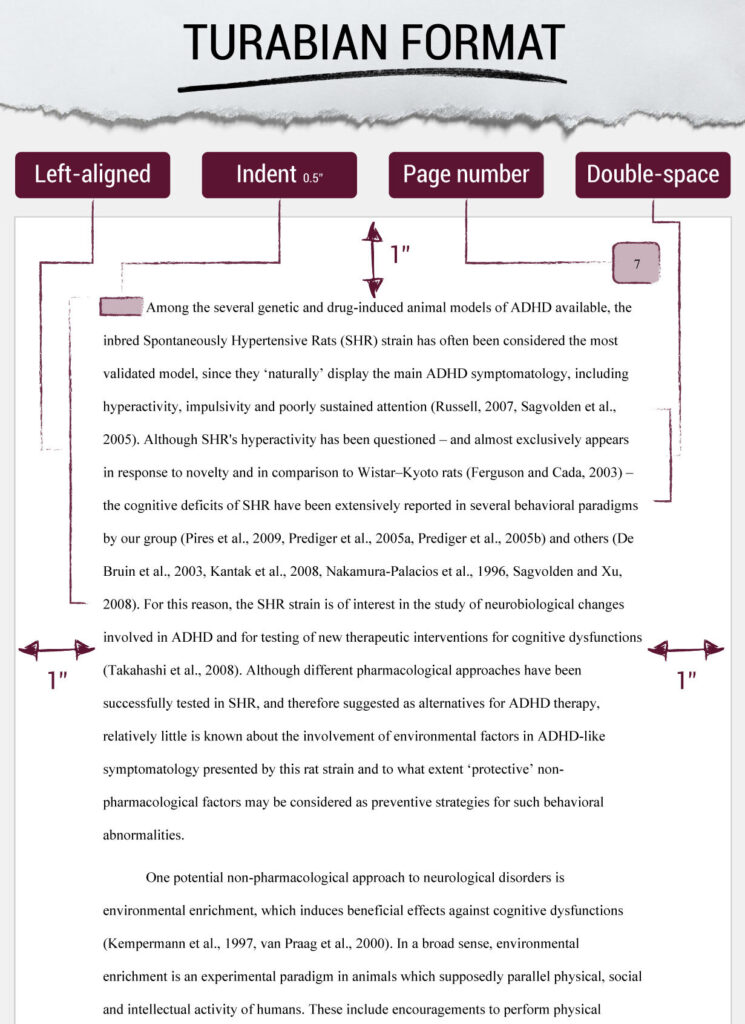
Citation Styles in Turabian
The Turabian format offers two primary citation styles: the Notes and Bibliography style and the Author-Date style. Each style serves different academic disciplines and purposes, allowing writers to choose the most appropriate method for their research.
Notes and Bibliography Style
This style relies on footnotes or endnotes for in-text citations, complemented by a comprehensive bibliography at the end of the paper. Footnotes or endnotes provide detailed information about sources, including the author’s name, title of the work, publication details, and specific page numbers. The bibliography lists all sources cited in the paper, arranged alphabetically by the author’s last name.
Example of a Footnote:
1. John Smith, The History of Education (New York: Education Press, 2010), 45.
Example of a Bibliography Entry:
Smith, John. The History of Education. New York: Education Press, 2010.
Author-Date Style
The Author-Date style is preferred in the social sciences, such as psychology, sociology, and anthropology. This style uses in-text parenthetical citations that include the author’s last name and the year of publication, along with a page number if relevant. A reference list at the end of the paper provides full bibliographic details for each source cited in the text.
Example of an In-Text Citation:
(Smith 2010, 45)
Example of a Reference List Entry:
Smith, John. 2010. The History of Education. Translated by Leon Sandman. New York: Education Press.
Differences and When to Use Each
The primary difference between the two styles lies in their approach to in-text citations and the placement of bibliographic information. The Notes and Bibliography style is ideal for disciplines that require detailed source information and frequent citations of primary sources, allowing readers to easily locate and verify references. The Author-Date style, with its streamlined in-text citations, is suitable for disciplines that prioritize the currency and relevance of research findings, facilitating quick reference within the text.
Choosing between the two styles depends on the academic discipline and the nature of the research. Humanities scholars often prefer the Notes and Bibliography style for its thorough documentation of sources, while social scientists favor the Author-Date style for its efficiency and emphasis on publication dates. By selecting the appropriate citation style, researchers can ensure that their work adheres to disciplinary conventions and effectively communicates their sources to readers.
Creating a Bibliography List
A bibliography is a comprehensive list of all the sources cited in a research paper, formatted according to specific guidelines. In Turabian format, the bibliography is typically placed at the end of the paper and provides full details of each source, allowing readers to locate the original materials. Proper structuring and formatting of the bibliography are crucial for maintaining academic integrity and facilitating the verification of sources.
Structure and Format
The bibliography should begin on a new page after the conclusion, it should be titled “Bibliography” (in bold type and centered at the top of the page with a normal page number) Use a one-half inch hanging indent for lines beyond the first and single-line spacing (or 12-pt. line spacing) between entries. Only include sources cited in the paper, with each bibliography entry having a corresponding footnote. For multiple works by the same author, use eight underscore lines (________) for subsequent entries. Here is some bibliography list example:
Bibliography
Books:
Smith, John. The History of Education. New York: Education Press, 2010.
Journal Articles:
Doe, Jane. “Modern Teaching Techniques.” Journal of Educational Research 15, no. 3 (2015): 123-145.
Online Resources:
Brown, Michael. “Educational Trends in 2020.” Education Trends. Last modified January 5, 2020. https://www.educationtrends.com/2020.
Practical Tips and Common Mistakes
Creating a well-formatted bibliography and adhering to citation guidelines can be challenging. Here are some practical tips to help you avoid common errors and useful tools to assist with citation management.
How to Avoid Common Errors
Consistent Formatting: Ensure that all entries in your bibliography follow the same format. Pay close attention to punctuation, capitalization, and the order of information. A Common Mistake is inconsistent use of periods, commas, and italics. For example, mixing formats like “The History of Education” and “The History of Education.”
Accurate Source Information: Double-check all source details, including author names, publication dates, titles, and page numbers, to ensure accuracy.
Proper Use of Italics and Quotation Marks: Use italics for book and journal titles, and quotation marks for article and chapter titles.
Correct Citation Style: Choose the appropriate Turabian citation style (Notes and Bibliography or Author-Date) based on your discipline and ensure consistency throughout your paper.
Hanging Indents: Apply a hanging indent to all bibliography entries, where the first line is flush left and subsequent lines are indented.
Useful Tools and Resources for Citation Management
Zotero: A free, open-source tool that helps you collect, organize, cite, and share research. It integrates with word processors for easy in-text citation and bibliography generation.
Mendeley: A reference manager and academic social network that aids in organizing research, collaborating online, and discovering research.
EasyBib: An online citation generator that formats citations in various styles, including Turabian. It provides quick and easy citation creation but always double-checks for accuracy.
MyBib: A Turabian citation generator is a software tool that automatically creates citations formatted according to the Turabian style.
Citation Machine: Another user-friendly tool that helps create citations in multiple formats, offering step-by-step guidance to ensure proper citation.
Turabian Manual and Style Guides:
Turabian’s Manual for Writers: The official guide that provides detailed instructions and examples for formatting and citations.
Chicago Manual of Style Online: An authoritative resource that offers comprehensive guidance on Chicago/Turabian style rules and is frequently updated.
Visualize Your Research Or Paper In An Engaging Way
Mind the Graph is a platform that helps scientists present their research in a visually engaging and accessible way. It enables researchers to create compelling infographics and illustrations that simplify complex data and concepts, enhancing communication and comprehension. With customizable templates and design options tailored for scientific content, scientists can transform their papers into professional-quality visuals without extensive graphic design expertise. This approach not only captures attention but also improves the clarity and impact of their research, making it more accessible to both academic and general audiences.

Subscribe to our newsletter
Exclusive high quality content about effective visual
communication in science.

